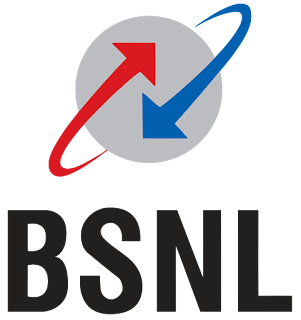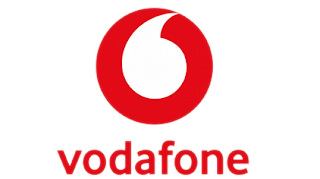
India being an agriculture dependent country, farm equipment’s such as tractors have played a very crucial and significant role due to which where we can find the consistency and efficiency in the economy.
In today’s competitive world, a firm has to attract the interest of the customers and satisfy by providing effective service to them consistently as per their taste and requirements. They have to understand and know customer needs and preferences.
Marketing occupies an important position in the organization with regard to business. Peter Ducker, points out that the purpose of marketing or business is “to create a customer”. Few decades back the seller was the king of the market, the simple reason for this was lack of competition.
Marketing is the human activity directed at satisfying human wants through the exchange of goods and service. Marketing management occupies the most important position in business management. Marketing management in a firm is critical as it deals with customers and their needs. The major task of marketing management is to adopt firm‘s resources to market opportunities
The essence of marketing concept is that the customer and not the product shall be the heart of the entire business system. It emphasizes on customer oriented marketing process, plans. Policies and programs, which are formulated to serve efficiently the customer demand.
―Marketing is so basic that it cannot be considered as a separate function. It is the whole business seen from the point view of its final results i.e., from the customer‘s point of view‖.
A consumer is the king and has the right to choose from a large variety of offering. He is the central point and all marketing activities revolve around him. Today market is a more consumer oriented in the sense all the business operations revolve around the customer satisfaction and service.
Thus, marketing is often dynamic, challenging and rewarding. It can also be frustrating and even disappointing but never dull. The topic “A study on the brand awareness of Mahindra & Mahindra Tractors” is chosen to study the Brand Awareness adopted in Sri Ganesh Agro Tractors, dealers for Mahindra & Mahindra Ltd. This project deals with how Mahindra & Mahindra Ltd. defines its consumer target and uses its marketing tools in the best way to attract and satisfy their needs and wants competitively and profitably. Here marketing functions are limited to the function of buying and selling, but they include all functions necessary to satisfy the customer such as financing, after sales services, etc.
Customer oriented marketing approach points out the primary task of business enterprise is to study needs, besides the value of potential customer on the basis of latest and accurate knowledge of marketing demand.
Marketing management usually represents all managerial efforts and functions to operate the marketing concept, not only in letters but also in the spirit. Marketing concept demands customer oriented marketing plans, programs and policies so that the merchants can assume perfect correlation between demand and supply.
Thus, marketing is a matching process by which a producer provides a marketing mix i.e., product, price, promotion and physical distribution that meet consumer‘s demand of a target market within the limits of society.
Finding out ―A study on the brand awareness of Mahindra & Mahindra Tractors‖ is the important statement of the problem in this project.
This will help the firm or company to improve their marketing strategies as well as servicing strategies adopted by them. It also helps them to know their current position in the market.
 Risk and uncertainty are incidental to life. Man may meet an ultimately death. He may suffer from accident, destruction of property, fire, sea perils, floods, earthquakes and other natural calamities. Whenever there is uncertainty, there is a risk as well as insecurity. It is to provide against risk and insecurity that insurance.
Risk and uncertainty are incidental to life. Man may meet an ultimately death. He may suffer from accident, destruction of property, fire, sea perils, floods, earthquakes and other natural calamities. Whenever there is uncertainty, there is a risk as well as insecurity. It is to provide against risk and insecurity that insurance.









































